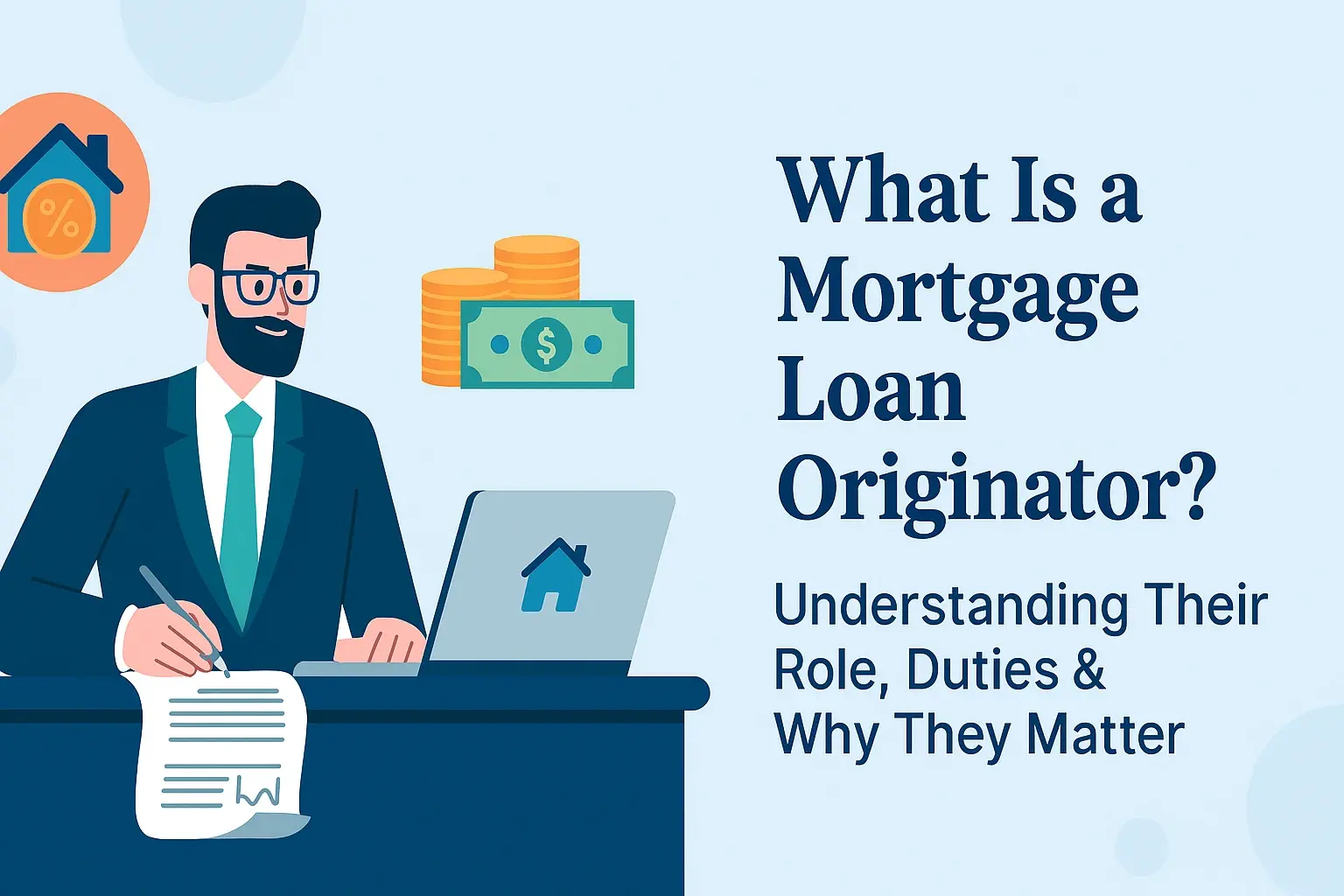The term "middle class" is frequently used in political discourse and everyday conversation. It's a cornerstone of the American Dream and often cited as a vital indicator of a healthy economy. However, defining exactly what constitutes the middle class is surprisingly complex. It's more than just a salary; it encompasses lifestyle, values, and aspirations. This article delves into the multifaceted definition of the middle class, exploring income brackets, cost of living considerations, lifestyle markers, and the evolving challenges this group faces.
Defining the Middle Class: A Moving Target
Unlike clearly defined categories like the poverty line, the middle class lacks a universally accepted definition. This is partly because "middle class" is a social construct as much as an economic one. It reflects not only income but also societal expectations, access to opportunities, and a sense of financial security. Different organizations and researchers use varying methodologies to define it, leading to diverse and sometimes conflicting conclusions.
Income-Based Definitions: A Starting Point
Many definitions of the middle class rely on income. A common approach is to define it as a range around the median household income. For example:
- Pew Research Center: Defines the middle class as adults whose annual household income is two-thirds to double the national median income. In 2021, for example, the national median household income was roughly $70,000. Therefore, the middle class range would be approximately $47,000 to $141,000 for a three-person household.
- Other Approaches: Some definitions use percentages like 50% to 150% of the median income.
It's crucial to remember that these income ranges are adjusted for household size. A single individual making $50,000 might be considered middle class in some areas, while a family of four might need significantly more to achieve the same standard of living.
Beyond Income: Considering Cost of Living
Income alone doesn't paint the complete picture. The cost of living varies dramatically across the United States. $70,000 might provide a comfortable middle-class existence in a rural area with low housing costs, but it might barely cover basic expenses in an expensive city like San Francisco or New York.
Factors influencing cost of living include:
- Housing: Rent or mortgage payments represent a significant portion of most household budgets.
- Transportation: Car ownership, public transportation costs, and commuting expenses vary greatly.
- Food: Groceries and eating out can be major expenses, especially for families.
- Healthcare: Health insurance premiums and out-of-pocket medical costs can be substantial.
- Childcare: The cost of childcare is a major burden for many middle-class families.
- Taxes: State and local taxes can significantly impact disposable income.
Therefore, a more accurate definition of the middle class must account for regional variations in the cost of living. Cost of living calculators and indices can help adjust income thresholds to reflect the economic realities of different locations.
Lifestyle Markers: Defining "Middle Class" Aspirations
Beyond income and cost of living, lifestyle choices and aspirations play a role in defining the middle class. While not quantifiable in the same way as income, these markers contribute to the overall perception of what it means to be middle class.
Common Lifestyle Markers:
- Homeownership: Owning a home has traditionally been a symbol of middle-class achievement, although rising housing costs have made it increasingly difficult for younger generations.
- College Education: A college degree is often seen as a pathway to upward mobility and a prerequisite for many middle-class jobs. However, the rising cost of tuition has created significant barriers to access.
- Healthcare Access: Having access to quality healthcare, including health insurance, is a critical aspect of middle-class security.
- Retirement Savings: Saving for retirement is essential for maintaining a middle-class standard of living in old age. However, many Americans struggle to save adequately due to stagnant wages and rising expenses.
- Vacations and Leisure: Being able to afford occasional vacations and leisure activities is often considered a marker of middle-class comfort.
- Financial Security: Having a financial cushion to handle unexpected expenses, such as job loss or medical emergencies, is a key aspect of middle-class stability.
The Shrinking Middle Class: Challenges and Trends
Over the past few decades, the middle class in the United States has been shrinking. This trend is driven by several factors:
- Wage Stagnation: Wages for many middle-class jobs have stagnated, failing to keep pace with inflation and the rising cost of living.
- Automation and Job Displacement: Automation and technological advancements have led to job losses in some middle-class sectors.
- Rising Inequality: The gap between the rich and the poor has widened, with a disproportionate share of income and wealth flowing to the top earners.
- Increased Healthcare Costs: Healthcare costs have risen dramatically, placing a significant burden on middle-class families.
- Student Loan Debt: The rising cost of college has led to increased student loan debt, which can hinder financial progress for young adults.
The shrinking middle class has significant implications for the economy and society. A strong middle class is essential for economic growth, social stability, and democratic participation.
The Future of the Middle Class: What Can Be Done?
Addressing the challenges facing the middle class requires a multi-pronged approach. Potential solutions include:
- Raising the Minimum Wage: Increasing the minimum wage can help lift low-wage workers into the middle class.
- Investing in Education and Training: Providing access to affordable education and job training programs can help workers acquire the skills needed for in-demand jobs.
- Strengthening Labor Unions: Unions can help workers bargain for better wages and benefits.
- Expanding Access to Affordable Healthcare: Ensuring access to affordable healthcare is essential for middle-class security.
- Addressing Income Inequality: Implementing policies to reduce income inequality, such as progressive taxation, can help strengthen the middle class.
- Investing in Infrastructure: Infrastructure investments can create jobs and boost economic growth.
Middle Class Around the World
It's important to recognize that the concept of the middle class varies significantly across different countries and cultures. What constitutes a middle-class lifestyle in the United States might be considered upper class in another country, and vice versa. Factors such as national wealth, social safety nets, and cultural norms all influence the definition of the middle class in different parts of the world. For example, countries with robust social welfare programs might offer a higher quality of life for individuals with lower incomes compared to countries with weaker social safety nets.
Global Middle Class Trends
While the middle class in the United States and some other developed countries faces challenges, the global middle class is actually expanding, particularly in emerging economies like China and India. This growth is driven by economic development, urbanization, and increased access to education and technology. The rise of the global middle class has significant implications for international trade, investment, and global governance.
Conclusion: A Complex and Evolving Concept
Defining the middle class is a complex and evolving challenge. It's not simply a matter of income; it encompasses lifestyle, aspirations, and a sense of financial security. As the economy and society continue to change, the definition of the middle class will likely continue to evolve. Understanding the challenges facing the middle class and implementing policies to support its growth is essential for a healthy and prosperous society.












